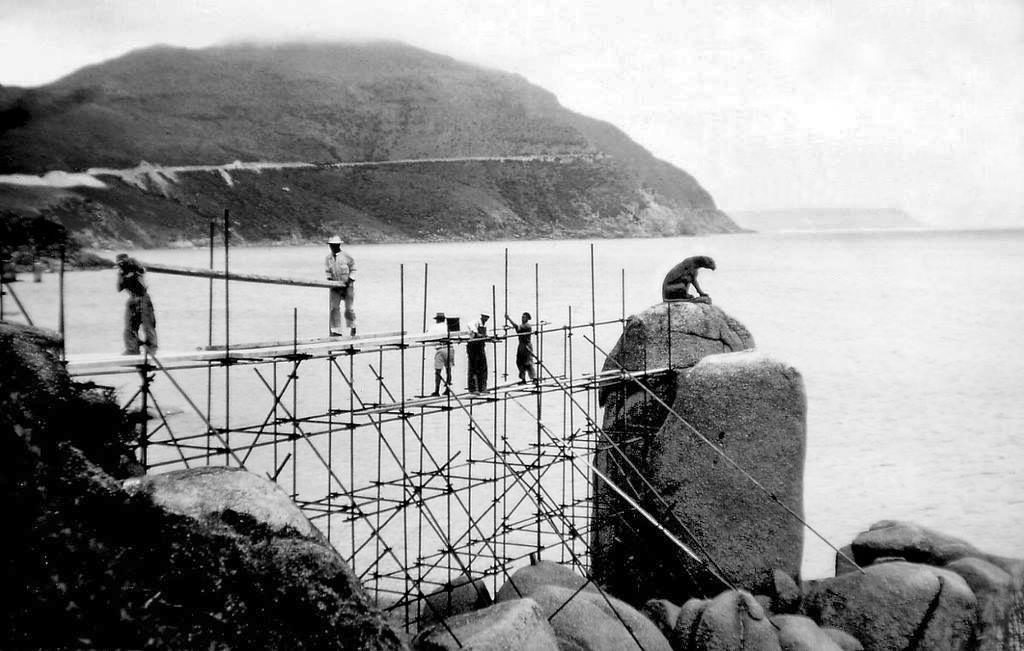For many, the bronze leopard statue that overlooks Hout Bay is a mysterious feature that adds to its beauty. The story behind this iconic landmark, however, is far more solemn.
In years long gone, Cape Town was home to many more wild creatures that roamed its natural landscapes and hunted along the mountainside, but as the human population increased, the population of these wild animal decreased.
As human settlements extended and nature receded, wild animals sought new, less populated environments and the natural habitat of Cape Town changed, slowly but surely.
According to the Hout Bay Museum, the last leopard was seen on Little Lion’s Head in 1937 and an era came to an end.
Now, a visit to Chapman’s Peak Drive offers the chance to spot the famed statue down by the water’s edge. Over the years it has turned blue due to oxidation from being exposed to the salty seaside air.
The figure was sculpted by Ivan Mitford-Barberton and placed on its rocky perch on March 1963 to stand in memorium of the wildlife that once called the area home.
The leopard’s gaze looks over the mountainside where it’s kind once roamed free and will live on in history as the only leopard left in Hout Bay.
Also read: Where Cape Town’s animals used to roam
Also read: Local man travels the world with Hout Bay passport
Pictures: Facebook/Cape Town Down Memory Lane

